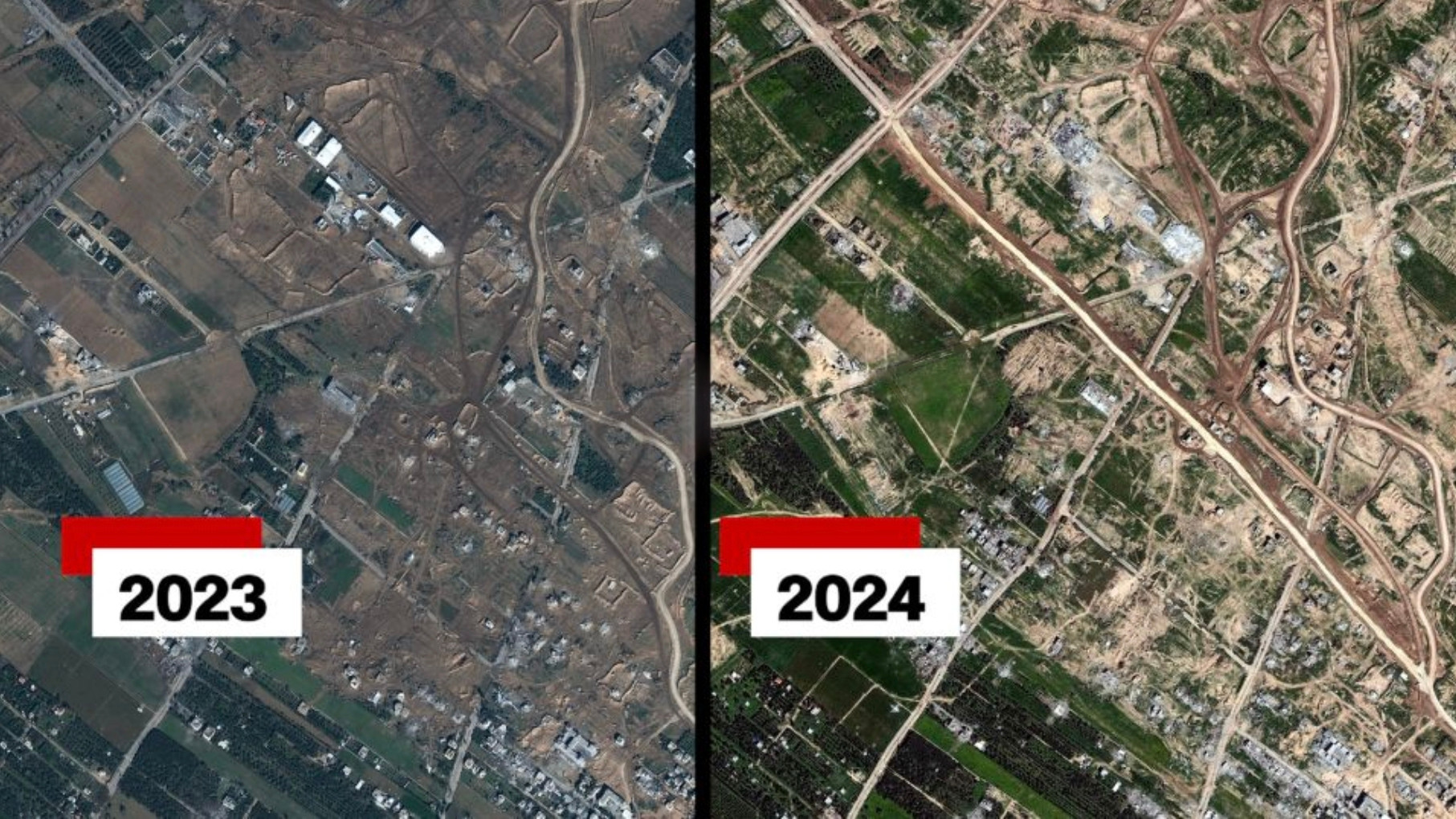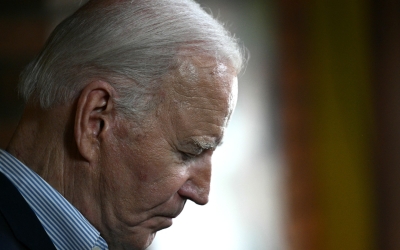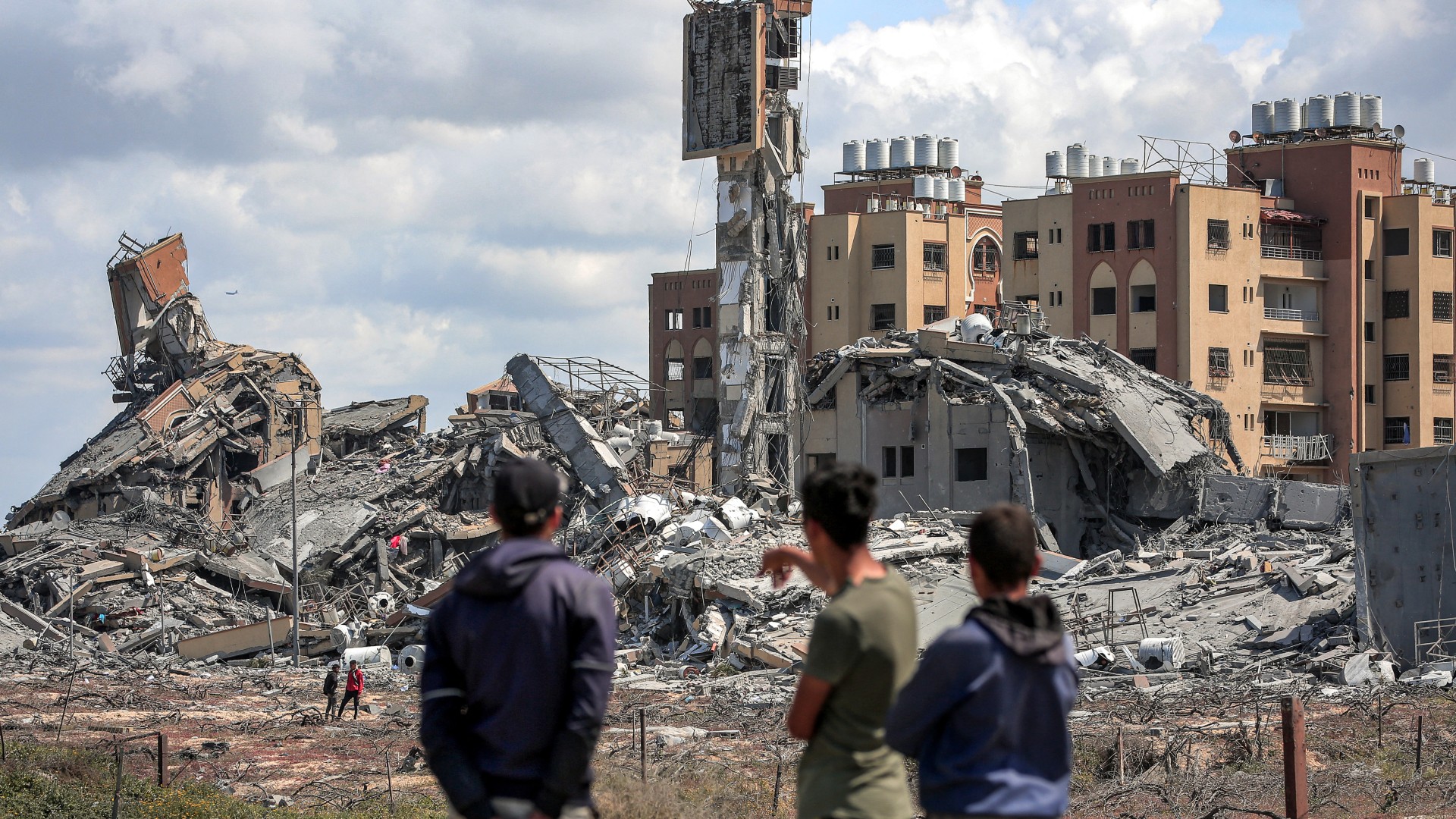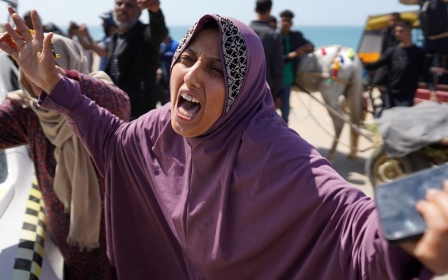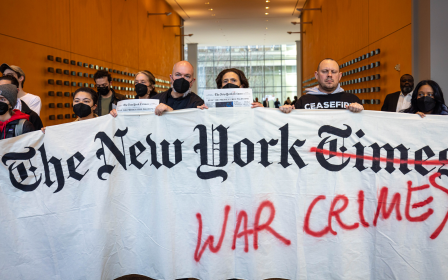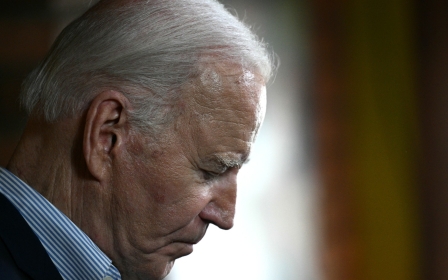War on Gaza: While eyes are on Rafah, Israel is cementing control of northern Gaza
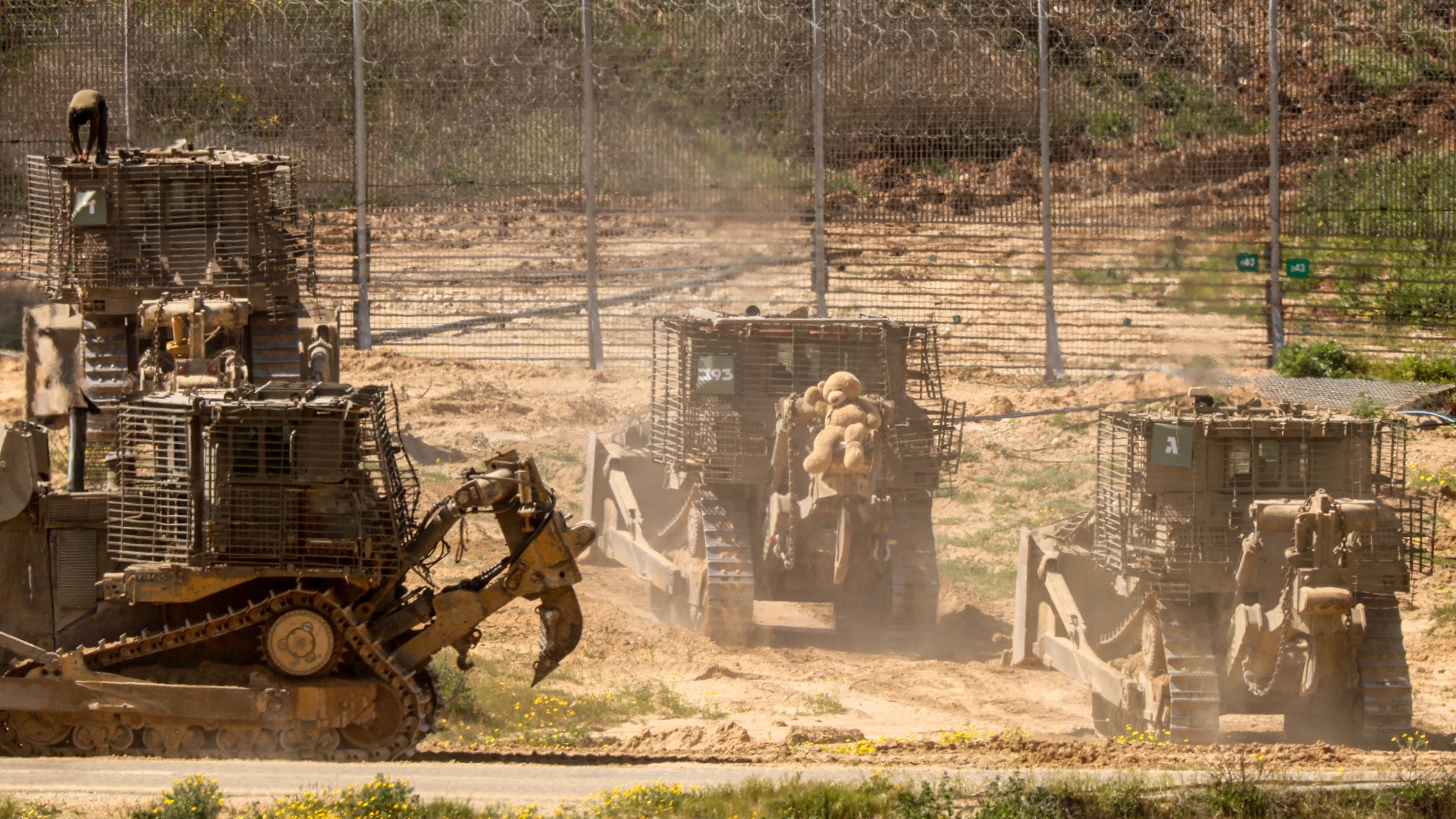
Following his recent approval of a plan to invade Rafah - where 1.4 million Palestinians are sheltering - Israeli Prime Minister Benjamin Netanyahu announced last week that the military is preparing to advance.
The so-called "triumvirate" war cabinet comprising Netanyahu, Defence Minister Yoav Gallant, and former opposition leader Benny Gantz, had already reached a consensus on a Rafah incursion to take control of the Philadelphi corridor (also called the Philadelphi route or Saladin axis).
In an address to the US pro-Israel lobby group Aipac, Netanyahu insisted that the "road to victory runs through Rafah", a strategy that he boasts has "overwhelming support" within Israeli society.
Yet, while Israeli politicians' threats of an imminent invasion of Rafah are directing the world's attention to the south, the government has accelerated steps on the ground in northern Gaza to consolidate its occupation and ensure its longevity.
Stay informed with MEE's newsletters
Sign up to get the latest alerts, insights and analysis, starting with Turkey Unpacked
A key feature of its strategy is to prevent the return of displaced Palestinians from the south as it seeks to change the geographical and demographic characteristics of the Gaza Strip.
'Permanent occupation'
Satellite imagery analysed by CNN shows that a road being built by the Israeli military to split Gaza in two has reached the Mediterranean coast.
According to the CNN report, a satellite image from 6 March "reveals that the east-west road, which has been under construction for weeks, now stretches from the Gaza-Israeli border area across the entire roughly 6.5km-wide (about 4 mile-wide) strip, dividing northern Gaza, including Gaza City, from the south of the enclave."
Follow Middle East Eye's live coverage of the Israel-Palestine war
The report notes that the military used a "large amount of mines and explosives" to clear the area. The American-made bombs were used to destroy the remaining homes and infrastructure throughout northern Gaza, particularly in the Beit Hanoun area, which borders the Erez crossing.
Other areas near Gaza City, especially in its eastern suburbs, have become part of the buffer zone that Israel is building in Gaza and along the border.
In the Zaytoun neighbourhood, amid never-ending ceasefire negotiations, the Israeli military is making progress in a civilian management "pilot project" intended to fully control the distribution of food and other provisions. It is based on the belief that whoever controls the food controls the people.
This project is accompanied by Israel's strict ban on aid to Gaza and the expulsion of humanitarian organisations from the area, a policy it seeks to expand to other areas of Gaza. Israel has specifically targeted and aims to destroy the UN agency for Palestinian refugees, Unrwa, as part of its efforts to eliminate the refugee issue and the Palestinian right of return.
Israeli forces further seek to recruit Palestinian agents with whom they may cooperate under the guise of food and aid distribution. However, in reality, they seek to provide security training for those agents and form them into militias that will oppress Palestinians. These militias will become an extension of the occupation while benefitting from its corrupt system.
In reality, Israel is developing the infrastructure for a permanent occupation of the Gaza Strip
Notably, the newly constructed road in the northern region fragments the city, turning it into isolated residential squares. The road's location, which extends to the sea, seems to correspond to that of the planned US-built "floating dock", which the Biden administration proposed building as a "temporary" means of distributing humanitarian aid.
In reality, Israel is developing the infrastructure for a permanent occupation of the Gaza Strip with conditions that fundamentally differ from those up to the disengagement of 2005. Specifically, Gaza will no longer be considered an extension of the Palestinian population or as part of the Palestinian geographical region.
Rather, the goal is to prevent the return of the displaced inhabitants, while those who succeed in returning will not find anything left to return to, as there are no homes, no neighbourhoods, and no city.
This is a doctrine that has been in effect since the Palestinian Nakba in 1948 and the creation of the Palestinian refugee issue, which is still defined as "temporary" displacement.
Israeli resettlement
Israel is in the process of reinstating its occupation of Gaza by taking control of the main roads, corridors, and streets. Until its unilateral withdrawal in 2005, Palestinians were denied access to these areas.
The idea of dividing the Gaza Strip into areas that are accessible to the Israelis and restricted to the Palestinians dates back to the 1967 occupation.
In 1971, Ariel Sharon, the Israeli army commander of the southern region who later became prime minister, prepared a plan to divide Gaza and North Sinai into five settlement areas that prevent geographic contiguity between Palestinians in the north, centre, and south.
Israel surrounds this area from the north with settlements and checkpoints and from the south with a settlement bloc in the northern Sinai desert.
Sharon named it the "Five Fingers Plan", and the government headed by Golda Meir fully adopted it in 1972.
The first is the "Northern Finger", which included a bloc of settlements in the far north of the Gaza Strip - Beit Hanoun and Erez crossing. It aimed to expand the reach of Ashkelon (Asqalan al-Burj) to areas within Gaza.
The second is the "Netzarim Finger", which extends between al-Montar, or Karni, crossing and the sea. It is 8km long and separates Gaza City from the Gaza Valley and the centre of the strip. Prior to 2005, the Netzarim settlement was located in the west of Gaza, along the coast. It passed through al-Rashid and Salah al-Din Road, the main highway in Gaza, and extended from the north to the south of the strip, forming a control point for the Gaza port.
The third finger is the Kissufim axis, a settlement near Shuhada Street, separating Deir al-Balah from the central areas of Gaza up to Khan Younis, where the Gush Katif settlement bloc was established.
The fourth is the Sufa kibbutz between Khan Younis and Rafah. It was established in 1974 as a military post in the Sinai peninsula and developed into a civilian farm in 1977. It was designed to extend to the sea.
The fifth finger is the Yamit settlement bloc in northern Sinai, on the outskirts of Rafah from the south, which prevents any geographical contiguity between Rafah and Sinai.
Twelve of its towns and an Israeli airport were annexed in 1982 after the Camp David agreement with Egypt. After this, the Philadelphi (Saladin) corridor was established. By invading Rafah, Israel seeks to control the crossing with Egypt.
It is worth noting that most of the "fingers" go from east to west, reaching the sea, to prevent geographical contiguity in the Gaza Strip. Israel's goal was to cut off Gaza from the north and south in several strategic areas.
However, most of the finger plans did not last over time and ended in 2005 when the government headed by Sharon decided to withdraw altogether from Gaza.
In a recent escalation, the settlement council in the West Bank held a popular conference to re-settle Gaza, which was attended by 12 ministers from the Religious Zionism and Likud parties.
The council reviewed plans to rebuild settlement blocs in the same places that were withdrawn and demolished in 2005 while implementing the disengagement plan from Gaza and the northern West Bank.
Fixation on aid
Netanyahu's threats to storm Rafah and the Philadelphi corridor are likely a negotiation tactic to pressure and blackmail Hamas leaders and Egypt. Nonetheless, Israeli analysts insist that Israel's real strategic interests lie in northern Gaza and that a confrontation with Egypt may trigger a strategic dilemma.
What this means is that there is no option for considering a comprehensive resolution to the war, but only for partial and temporary deals after which the war will continue - and where Israel does not withdraw, and the displaced families do not return.
At best, any discussion about the return of displaced people in Gaza will be insignificant and will not result in their actual return. In fact, before any ceasefire, Israel will have completed its system of control and cemented its colonial presence in Gaza. In other words, Israel is not carrying out a military campaign that will end with the end of this war.
Palestinians and Arabs are too focused on negotiations or ceasefire talks and Israel's obstruction tactics. This results in a round-the-clock rush after details that constitute a series of distractions, while Israel's actions on the ground clearly reveal a return to its total occupation of Gaza and destruction as a single geographical unit for its people.
The international community's fixation on humanitarian aid while ignoring Israel's long-term plans will further result in Palestinians' indefinite displacement.
Another issue pertains to the "floating dock" proposal, which the White House claims will be used to deliver two million meals a day to Gaza. According to this plan, Israel is to take control of the security of the makeshift port in partnership with the US military, which is not to enter Gaza. Yet Netanyahu has recently stated that this dock could help "deport" Palestinians from Gaza and through which Israel may carry out their mass expulsion.
It is also worth mentioning that the wide road that the Israeli army is building from the southeast of Gaza City to the sea is geographically consistent with the proposal made by Israeli Foreign Minister Israel Katz to EU leaders regarding the forced displacement of Palestinians to an artificial island.
Moreover, the constant focus on northern Gaza as its own region suggests an international recognition that northern Gaza has become separated from the south. By establishing separate aid distribution structures for the north and south - to be managed by Israel - the international community is ensuring Israel's continued presence and occupation of Gaza.
It also means American humanitarian aid may become an extension of the Israeli occupation and its mechanisms of control over Gaza. This project was formed against the backdrop of supporters of the Netanyahu government preventing the entry of aid into Gaza through the Karem Abu Salem, or Kerem Shalom, border crossing.
Unrealistic discourse
Additionally, the political discourse within the Palestinian factions is unrealistic and treats the situation as if conditions were the same as those before 7 October and have not drastically changed. They claim that Palestinians must simply overcome their divisions even as the Gaza Valley has become a border restricting the movement of Palestinians in Gaza akin to the apartheid wall in the West Bank.
There needs to be direct Arab pressure on the US to force Israel to allow humanitarian aid into Gaza through its land borders
The apartheid wall has drastically changed the political and geographic features of the population in the West Bank. It was constructed on the ruins of the Palestinian urban presence and a population that was forcibly displaced and blocked from ever returning.
In carrying out its plans in Gaza, particularly in the north, Israel is securing its lasting occupation of Gaza. Palestinians and Arabs - as well as the international community - should focus their attention on the drastic changes to the geographic and demographic facts on the ground.
There needs to be direct Arab pressure on the US to force Israel to allow humanitarian aid into Gaza through its land borders and not succumb to the Israeli government's conditions, as Gaza remains a Palestinian - not an Israeli - area.
They must further take a firm stance and launch a massive campaign to pressure the Biden administration to stop supplying Israel with military aid and weapons used to eradicate all elements of basic life in Gaza, while providing inadequate humanitarian assistance, which, in fact, lacks any humanity.
Such outside pressure is necessary as the Netanyahu government and the opposition alike are blocking all steps towards a political solution.
Meanwhile, as they solidify their occupation in Gaza, they are systematically starving the Palestinian population and committing grave acts that amount to war crimes and deadly acts of genocide - the consequences of which may be more dire than the daily bombings of the city and its people.
The views expressed in this article belong to the author and do not necessarily reflect the editorial policy of Middle East Eye.
This article is available in French on Middle East Eye French edition.
Middle East Eye delivers independent and unrivalled coverage and analysis of the Middle East, North Africa and beyond. To learn more about republishing this content and the associated fees, please fill out this form. More about MEE can be found here.



